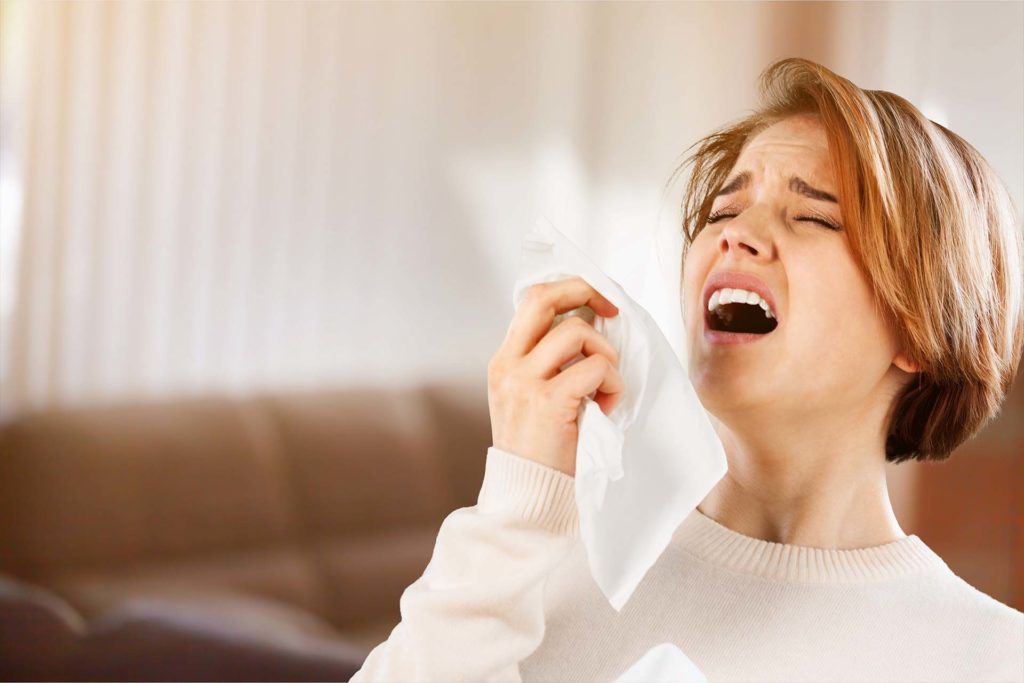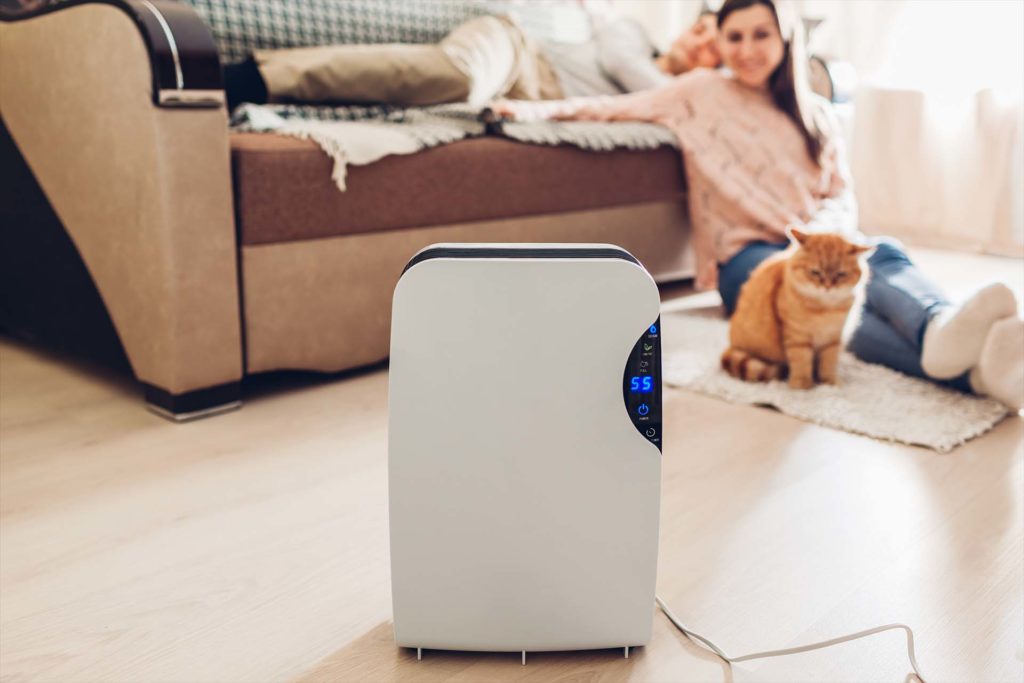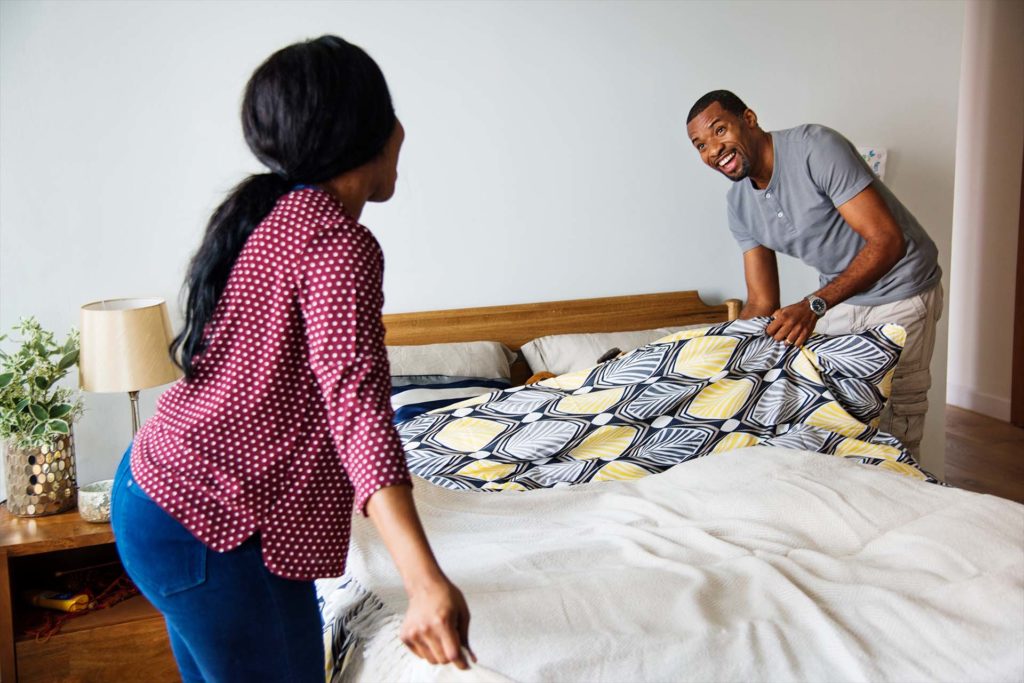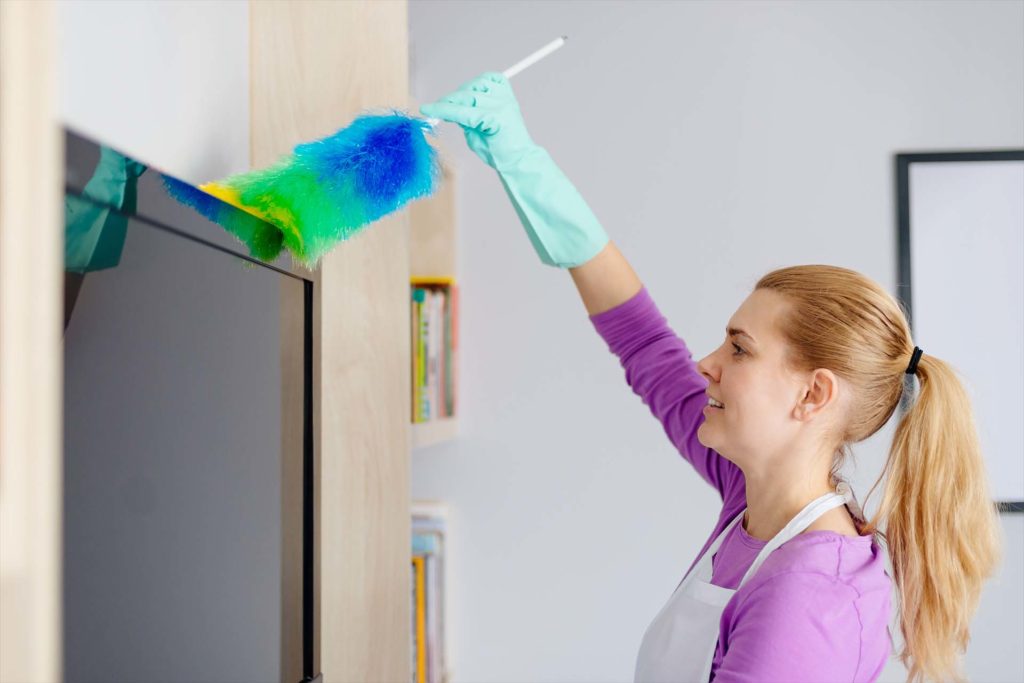Expert Reveals How To Eliminate Dust and Reduce Allergies
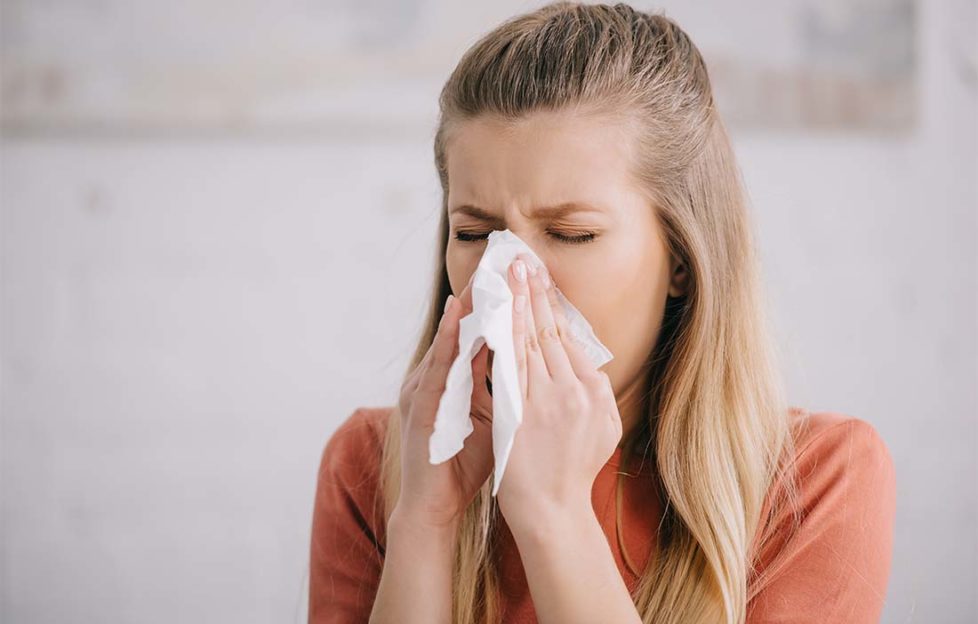
With a rise in Brits doing DIY during lockdown, dust could be a growing issue for many. The allergy is bound to continue causing unnecessary stress but there are things we can do to reduce the struggle in our own homes.
Lisa Evans, spokesperson from MyJobQuote, is eager to give Brits a helping hand and provide some top tips on how they can reduce the severity of their allergies during hay fever season.
“Hay fever season is well under way and is a time of trepidation for those who suffer from allergies. Studies have shown that over half of the indoor dust that accumulates in our homes is actually produced outside and brought in with us.
Pollen isn’t the only allergen that can set off hay fever, indoor allergens such as dust mites, dead skin and animal fur can cause an allergic response too. As a result, cleaning dust from your home can help relieve symptoms and make the spring and summer months more bearable.
Here are a few tips to help combat dust build up in your home.
1. Air Purifier
An air purifier is one of the best places to begin with dust prevention. Using an air purifier in your home, which is specially designed to remove dust and airborne particles, will reduce the amount of dust produced.
2. Vacuum Often
If your home flooring is mostly carpeted, dust can gather between the fabrics. Vacuuming regularly can dislodge dust from your flooring and avoids any dust build-up. Changing carpets to hard flooring can be a great help in stopping dust collection too.
3. Choose Non-Toxic Cleaning Products
Toxic cleaning products create airborne particles than encourage dust. When purchasing cleaning items, check the labels to ensure they’re non-toxic as it can definitely help out.
4. Keep Out the Dirt
Keeping away debris from the outside is near impossible- but you can reduce it. Placing good quality doormats and taking off your shows when you enter your home will limit the amount of dirt brought in.
5. Cleaning Bed Sheets Regularly
Bed linen is a prime nesting place for dust and dust mites. Make sure you clean your sheets at least once a week to get rid of any unwanted critters and dust.
6. Dust Your Home Correctly
To eliminate dust in your home, dusting correctly and often is essential. Using a damp sponge or cloth can stop dispersing particles into the air. A vacuum attachment can be used on hard to reach areas too, such as skirting boards.
With these dust-busting tips, your home should become a dust-free zone and help relieve any hay fever and allergy symptoms!”

